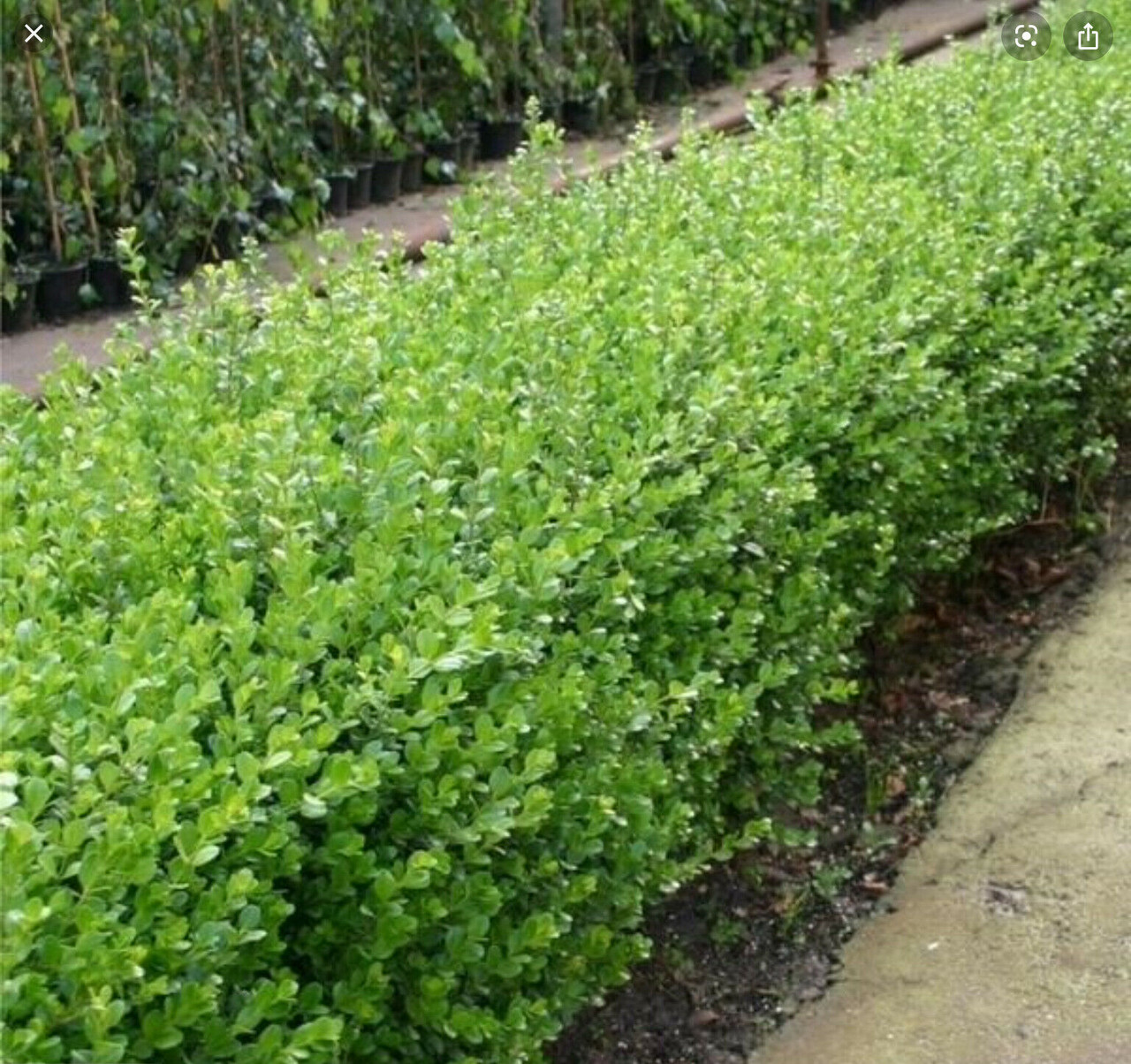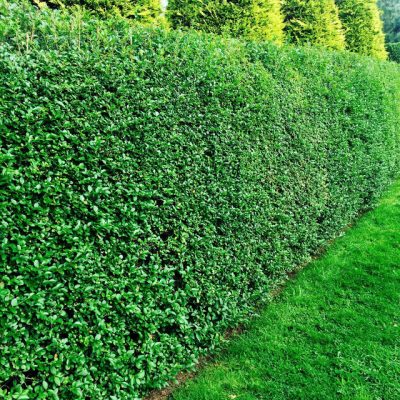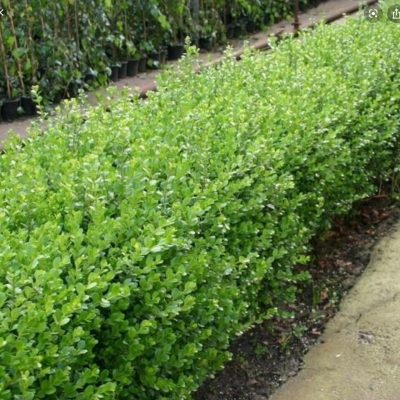Box – Buxus Sempervirens Bareroot 30-40cm
Out of Stock
Available October – March.
Belonging to the Buxaceae family, Buxus Sempervirens (Common Box) are a healthy evergreen bare-root plant. As well as being used for hedging, Buxus Sempervirens can be planted as small trees or shrubs. Plant Buxus Sempervirens approx 5 per metre as a dwarf hedge. Use premium potting mix when planting into containers.
Plant Guide
Bareroot plants are just that – plants with little or no soil on the roots. They are not actively growing at this time ( November – April ). The roots are exposed rather than in pots.
Plants that are bare-rooted should be planted asap. The roots should be kept moist at all times while exposed. Bareroot plants may be dormant, but they are still alive and should be treated carefully. After receiving your plants prepare them for planting as soon as possible. If the roots are dry, pour some water over the roots to freshen them up before planting.
Never leave exposed roots in the sun. The best of all is to try to be ready to plant as soon as the plants arrive. If it is not possible to plant immediately, then place the plants in a tub with good drainage holes, and fill it with compost that covers the roots to protect against the elements. They should be planted within a few days.
They can also be dug into a hole in the ground until ready to plant. When you are ready to plant, you can soak the plants in water just before placing in the planting hole. Compost or peat moss can be incorporated into the native soil. It is not necessary to add fertiliser to the planting at this stage unless it’s rootgrow (Bonemeal). If you are ready to plant then preparing not only the planting hole, but the plants are important.
While preparing the planting hole, you may put the bare-root plants in a bucket with a small amount of water to moisten the roots before planting. Dig the hole as deep as the roots, place in the hole and fill in with your soil or compost. Once planted water, and do so every three or so days.
Best Uses
Box hedge plants are commonly used as borders, edging pathways, knot gardens and topiary. They are tolerant to poor soils, making them an option for banks and slops where other hedges may struggle.
Care Advice
Pruning Box hedges depend on the look you want. For a tidy formal feature, prune twice a year, once in spring and then again in autumn. If you want a more relaxed look then you only need to clip once in winter or autumn. You can hard prune box without worrying of drastic height loss, hard pruning is best in spring.
Plant Combinations
Box hedges are commonly planted as a standalone hedge due to being tolerant to most soils, particularly poor soil conditions, unlike other hedges.
Reviews
Shipping Information
We can ship to virtually any address in the world. Free delivery to mainland UK, NI and Ireland.
When you place an order, we will estimate shipping and delivery dates for you based on the availability of your items and the shipping options you choose. Depending on the shipping provider you choose, shipping date estimates may appear on the shipping quotes page.
Please also note that the shipping rates for many items we sell are weight-based. The weight of any such item can be found on its detail page. To reflect the policies of the shipping companies we use, all weights will be rounded up to the next full pound.





